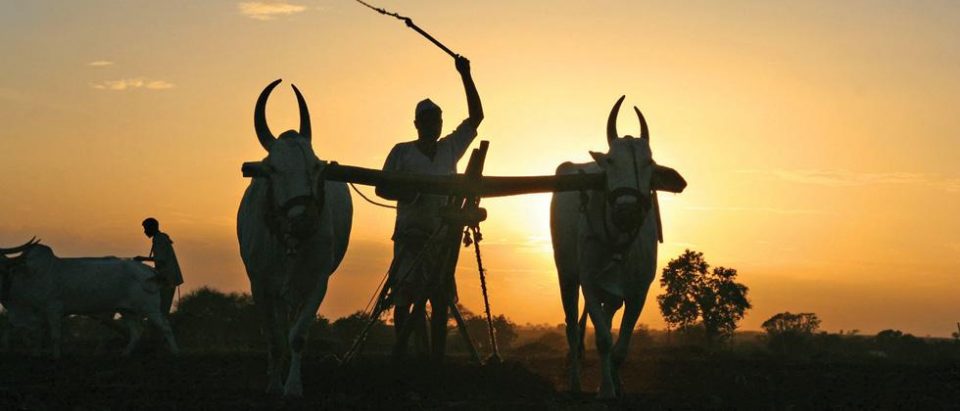Farmers, who are often at the receiving end of unpredictable weather, will now get detailed information about the climatic conditions in their area, thus allowing them better crop management and damage prevention.
This is going to be possible as the Maharashtra government has commissioned 2,060 automatic weather stations (AWS) in as many revenue circles, to provide real time weather-related information to farmers up to the village level.
“The idea was to create a decentralised system that would provide accurate weather related information right up to the village level,” Chief Minister Devendra Fadnavis told PTI.
As the current weather systems provide a consolidated information on weather of a whole region, one cannot exactly predict the climate change at a local level, he said.
For instance, at times there is rain in one village and the adjoining village is dry, he said.
“In the AWS, we will get exact information right up to the village level. Based on the information, farmers will know if there was going to be rain, hailstorm…so they can take precautionary measures,” he explained.
“Farming is climate-based. Due to increasing instances of weather fluctuations in the last few years, natural calamities like unseasonal rainfall and hailstorms have caused huge monetary losses to farmers,” he noted.
The AWS have been set up in association with weather forecast firm Skymet, under the public private partnership (PPP) mode.
There are currently eight major weather forecast providing systems in the state that provide general information related to atmospheric conditions, Fadnavis said.
However, these automatic weather stations will be helpful in measuring the winddirection and speed, air temperature, relative humidity, the amount of rainfall, and provide the information to farmers at a local level, he said.
The commissioned AWS are already providing real time weather-related information every 10 minutes which is being collected at the College of Agriculture in Pune.
“We will soon start disseminating this information to farmers so that precautionary measures can be taken,” he said.
Since the AWS have been installed at the revenue circle level, information will be provided to farmers at a local level.
For example, if there is a possibility of unseasonal rainfall in Jalgaon district, a farmer in Nashik has no use of it. Therefore, specific information will be taken out from the data stored centrally at the Pune-based college and forwarded to the area and farmers concerned, the chief minister said.
State agriculture minister Pandurang Fundkarsaid the government is already running an ‘M-Kisan’ advisory system wherein around 50 lakh farmers, whose mobile numbers are registered, get general weather information.
However, there are over 1.17 crore farmers in the state. Apart from the 50 lakh registered cultivators, the others do not have access to this system, he said.
“Thus, we also have a proposal from Skymet to install digital LED screens in panchayat offices, from where farmers can get information,” Fundkar said.
Apart from this, he said, the section agriculture officers will be given a login ID and password for their district websites, so that they can upload information and also issue warnings to farmersthrough gram panchayat offices.
Brijesh Singh, the director general of the Directorate General of Information and Public Relations (DGIPR), said the AWS will provideinformation upto the village level.
“Since one weather station will be installed for an area of around 12 sq kms, the micro-level weather forecasts will be possible,” Singh said.
The government plans to use the data provided by the AWS to prepare location-specific agriculture advisories, better disaster management, design crop insurance schemes and make a weather database bank, he added.
As an independent media platform, we do not take advertisements from governments and corporate houses. It is you, our readers, who have supported us on our journey to do honest and unbiased journalism. Please contribute, so that we can continue to do the same in future.

